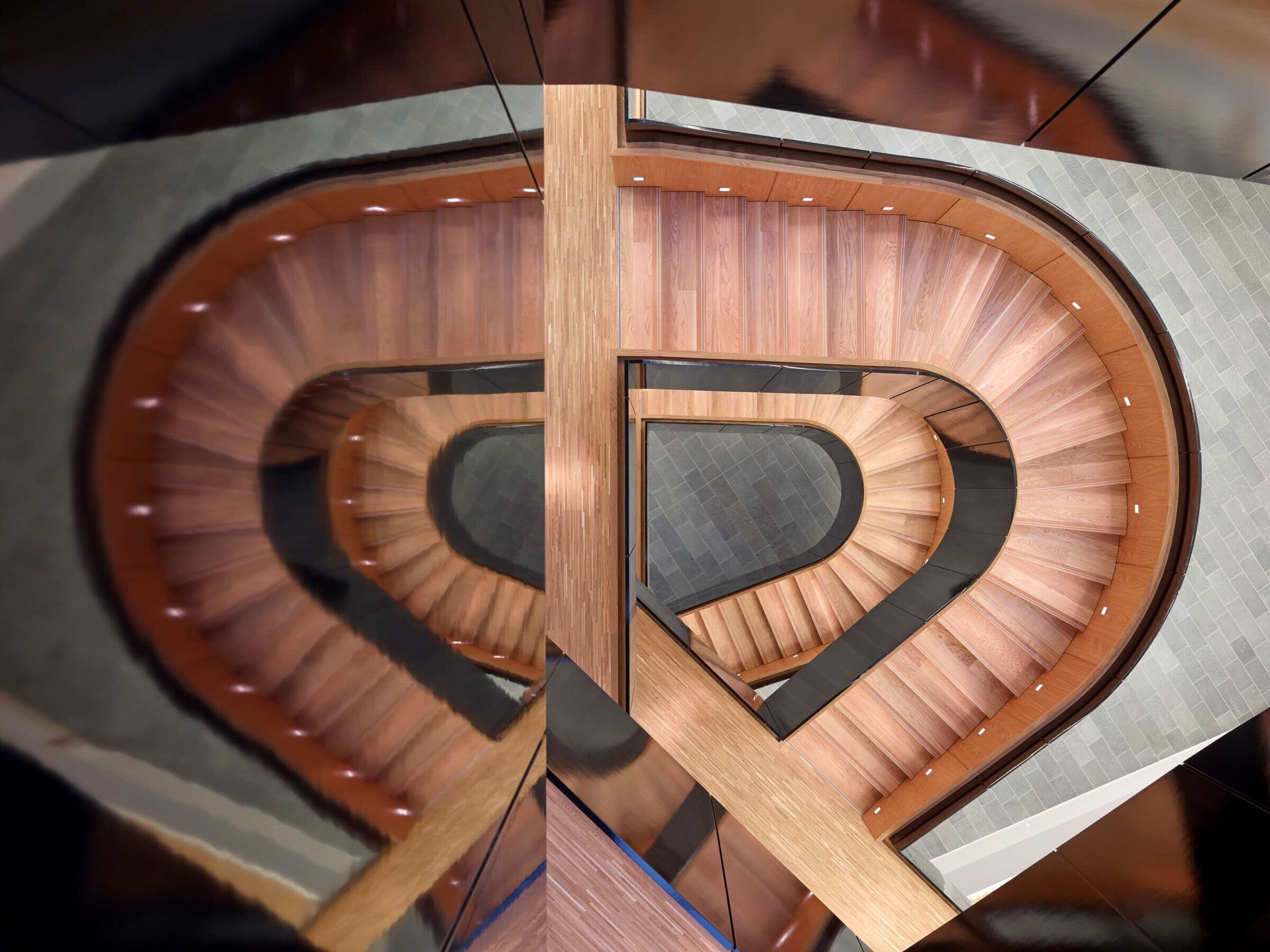The new regional head office of the United Nations, located at the northern harbour of Copenhagen and designed by 3XN, brings together various agencies and functions into one of Denmark’s most energy-efficient buildings. The star-shaped design reflects the independent, efficient, and professional nature of each UN unit, while at the same time rooted in a mutual set of values - delivering as One. Daily life is centered around the light atrium, offering visual and physical connections across floors and units.
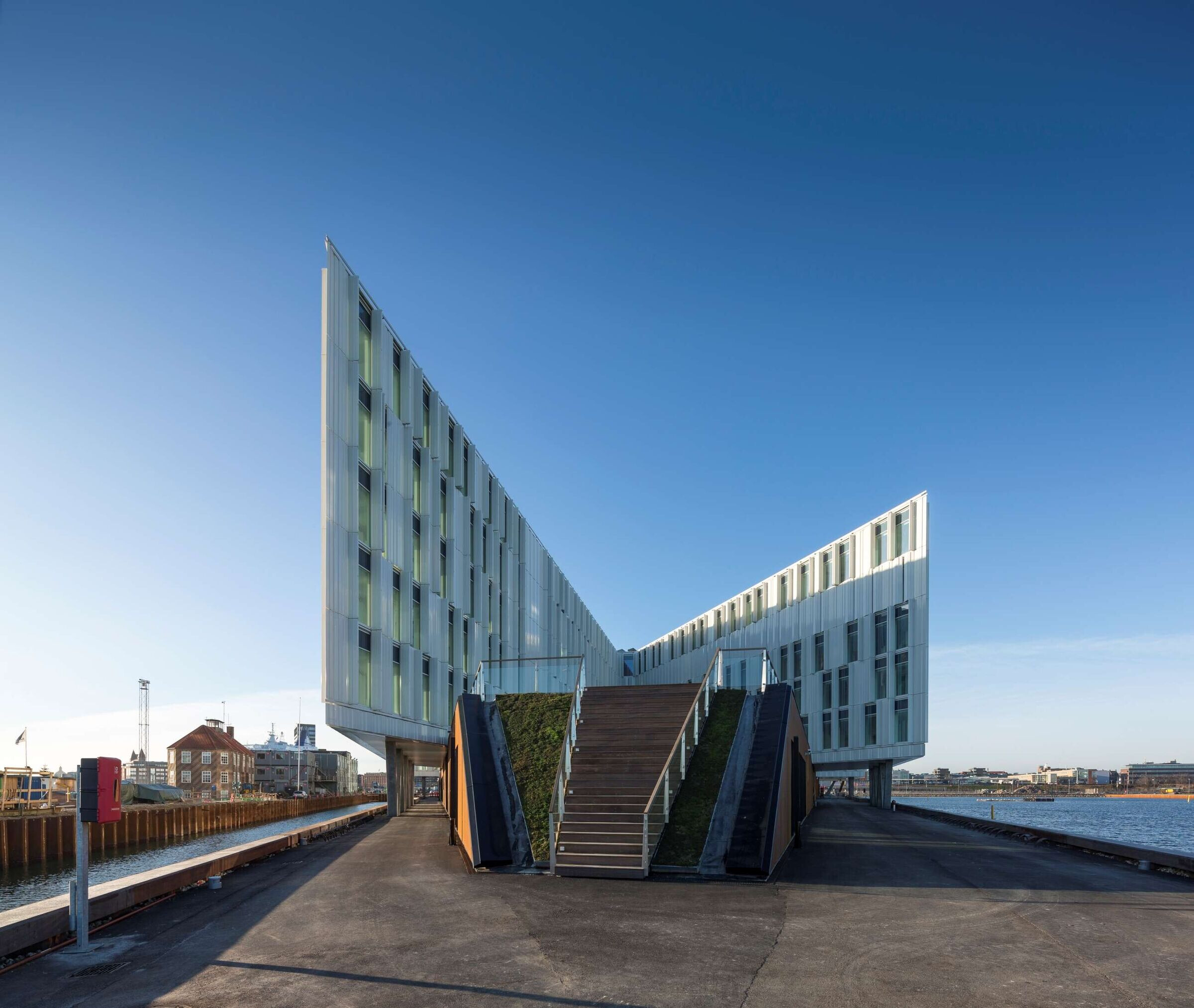
The focus on environmental sustainability has furthermore resulted in the highest LEED certification, a LEED® Platinum certification.
The concept of a more efficient and coherent United Nations was strongly underlined in the declaration of the UN Millennium Summit of World Leaders in 2000. The Government of Denmark, wishing to lend its support in practical terms to the idea of a stronger and more unified United Nations, decided soon after the Millennium Summit to investigate all possibilities of moving all Copenhagen-based UN agencies into one single compound. The philosophy was not only to obtain considerable savings on economies of scale, but also to facilitate the cooperation on substance among the agencies.
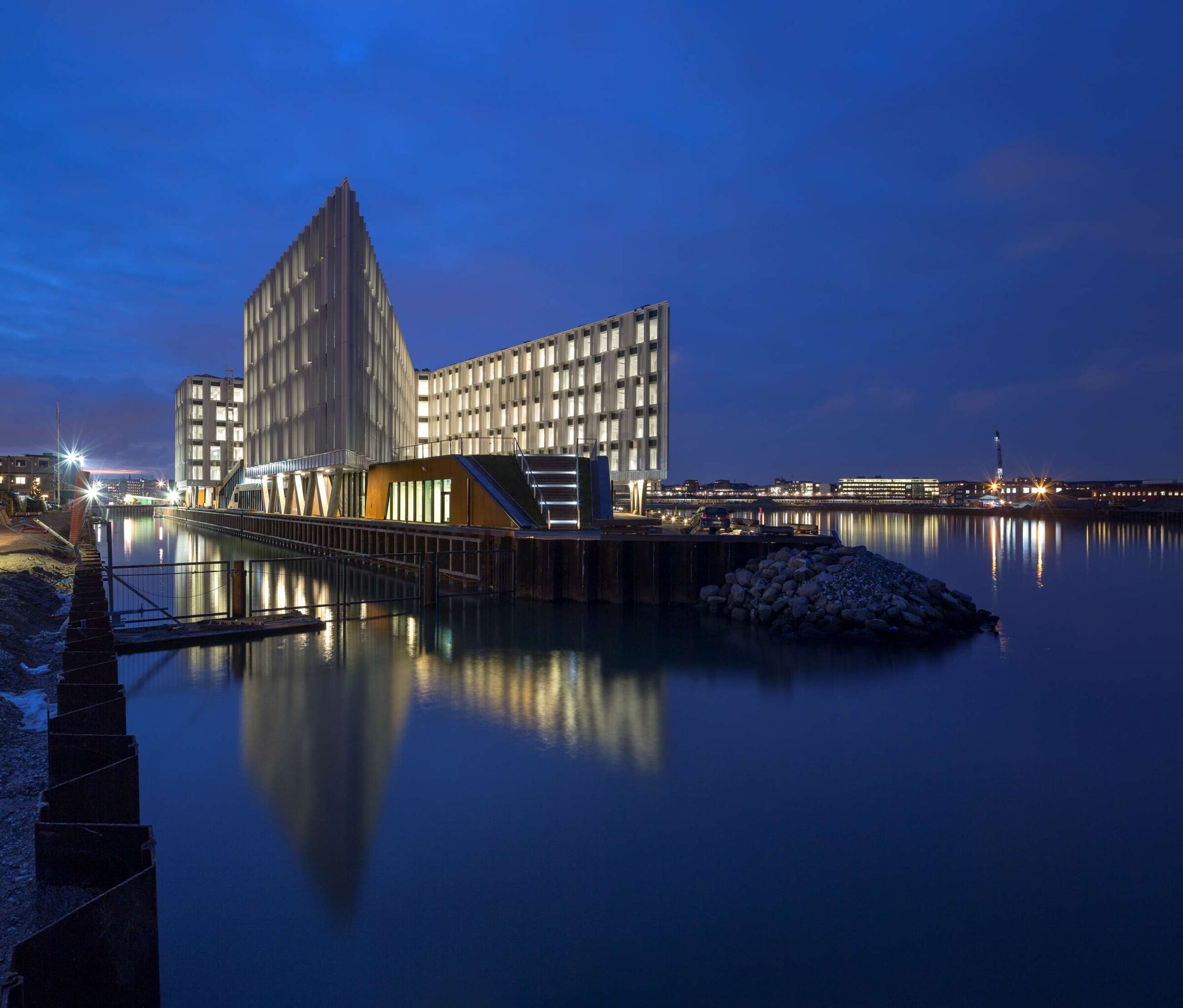
Balancing openness and security
High security and accessibility standards have been central considerations in the design of the new Head Office. The UN City must live up to the most stringent requirements, providing a protected and safe environment, while at the same time appearing open and accommodating to the city. It has therefore been a key part of the design to ensure that the high security level does not become the dominating feeling when entering the building. Instead, security and openness should be experienced as two aspects of the same coin.
Visual and physical connection
The atrium is the centre of daily life, offering visual and physical connections across floors and units in a space full of natural daylight and a central staircase. All office levels have an open and flexible layout, permitting interaction as well as individual immersion. Work stations are ensured plenty of daylight and a good indoor climate.
Bringing the ten agencies under one roof also provides an opportunity for the UN agencies to consider the enhanced options for coordinated work within human resources, common procurement, joint tender committees, shared support staff, joint information programs, and, more fundamentally, a merging of all parallel functions of the same nature.
Sustainability at all levels
The work environment is further improved by an overall health policy, including green recreational areas and several sustainable features. Through the innovative and sustainable initiatives, the UN City uses 55 percent less energy than office buildings of similar size and is one of Denmark’s most energy-efficient buildings with an annual energy consumption of less than 50 kWh per square meter.
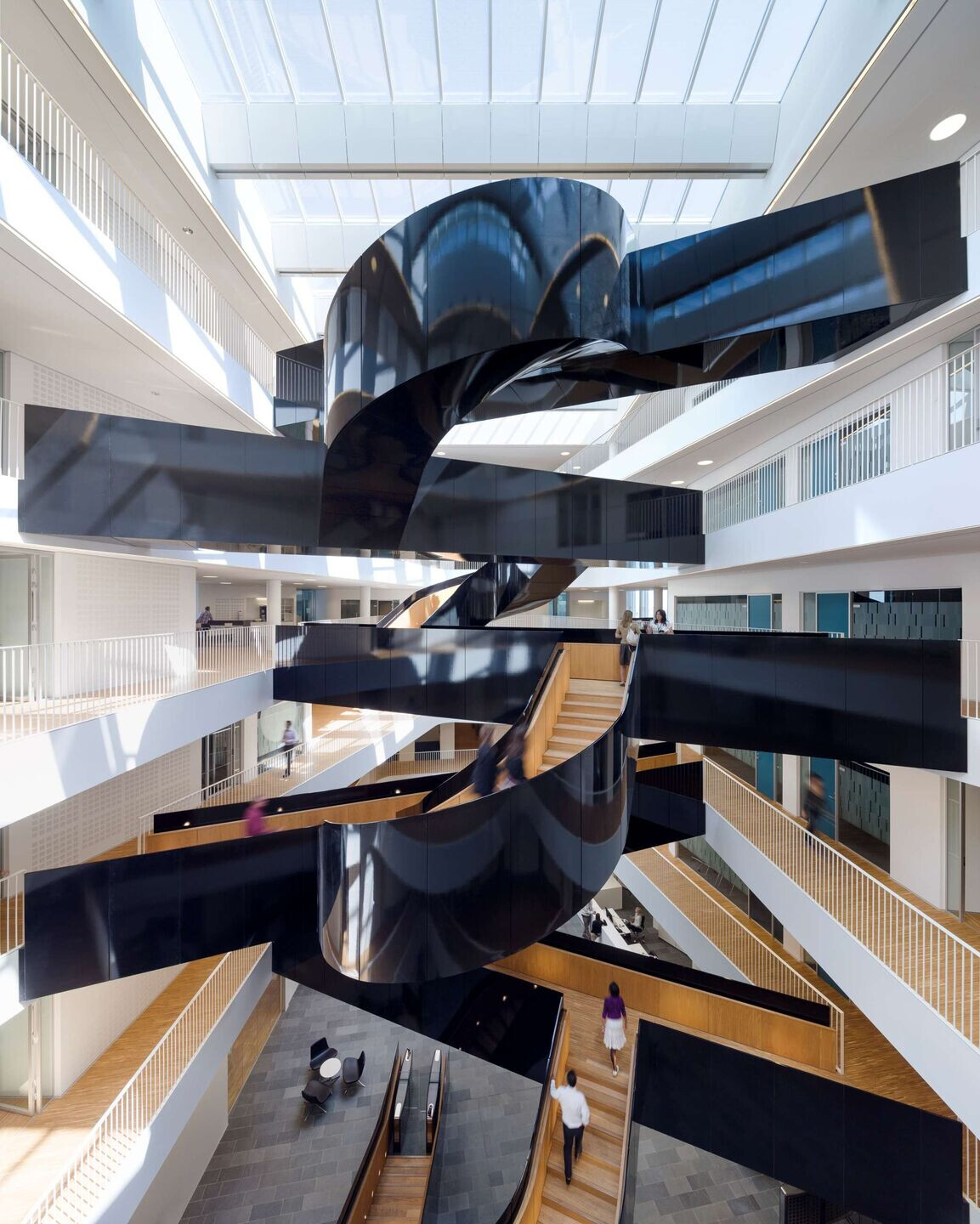
Key greening measures
Air quality
The building has been designed to limit the use of chemicals and pollutants during both its construction and its use. The building is entirely ventilated with filtered outside air. This ensures that only clean, fresh air is present in the building and helps balance the interior humidity level.
Solar panels
More than 1,400 solar panels are lining the roof of the building to support the goal of generating renewable energy onsite. With an estimated total production of 297,000 kWh/year, the solar panels significantly reduce the need for electricity from the grid.
Sea water cooling
Cold seawater is pumped into the building’s cooling system, almost eliminating the need for electricity to power the cooling cycle.
Water efficiency
Innovative aerators have been placed in the taps in kitchens, toilets, and showers throughout the building. The low-flow taps reduce water usage. In addition, pipes on the roof capture almost 3,000,000 litres of rainwater annually, which is almost enough to flush the toilets of the entire building without using potable water.
Solar shades
Sophisticated solar shades on the building’s facade can be opened and closed to either trap or reflect the sun’s heat.
Reflective roofs
The roof of the building has been coated with a white, recyclable membrane made from plant-based materials. The environmentally-friendly coating reflects sunlight and reduces the solar warming of the building.
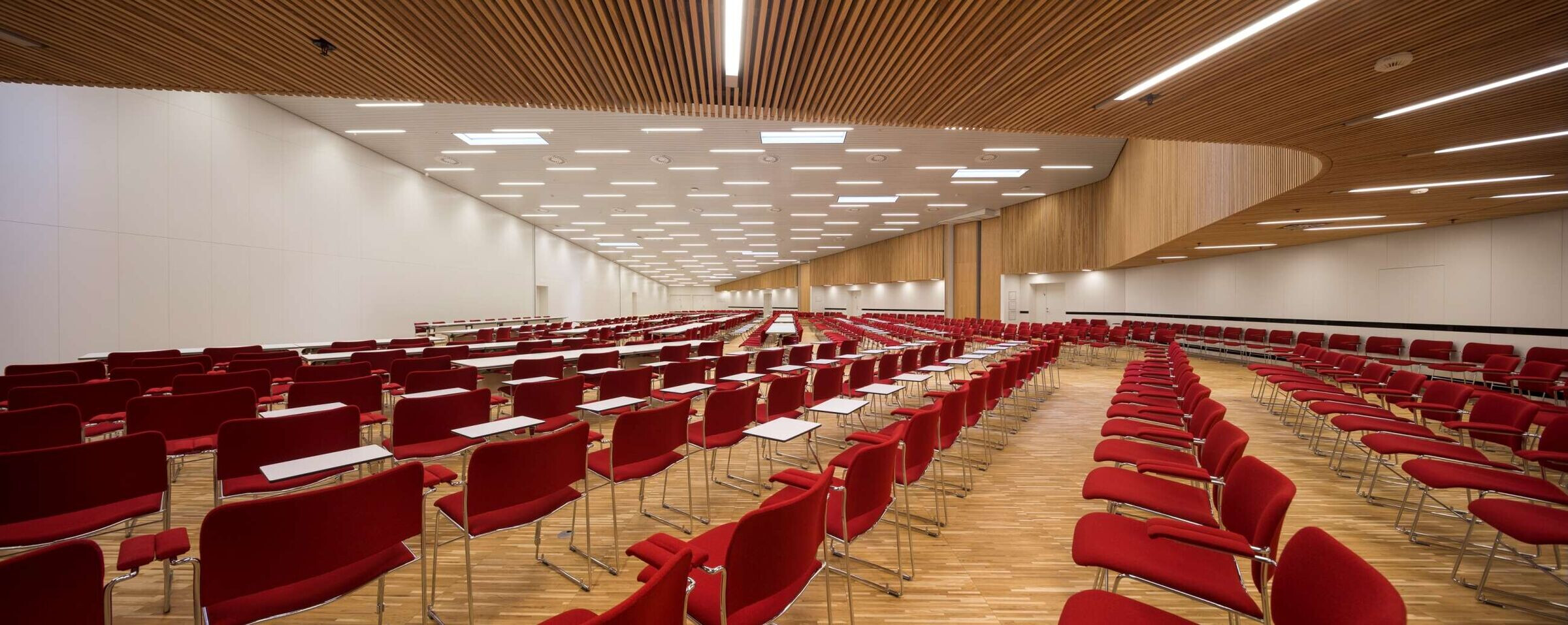
The plans for a UN City in Copenhagen were born in 2002, and the location at Marmormolen was selected in 2005. Campus 1 on Marmormolen currently accommodates about 1,300 staff members from all ten agencies. Campus 2, located by the container port, constitutes UNICEF’s new state-of-the-art high bay warehouse and is currently the largest humanitarian warehouse in the world.
“UN City is an example of how modern, energy-efficient offices can play their part in building the future we want.”
Ban Ki-moon
UN City is platinum LEED certified and has been awarded the European Commission’s Green Building Award for New Buildings.
